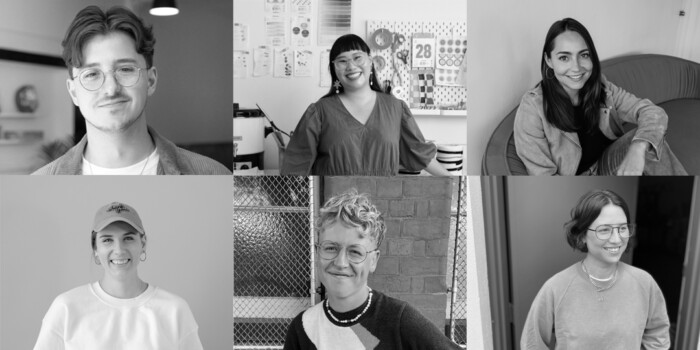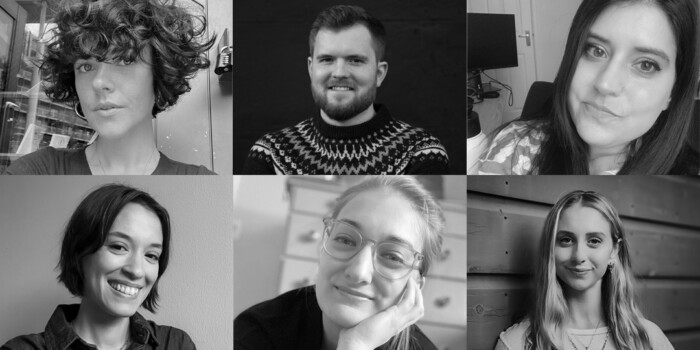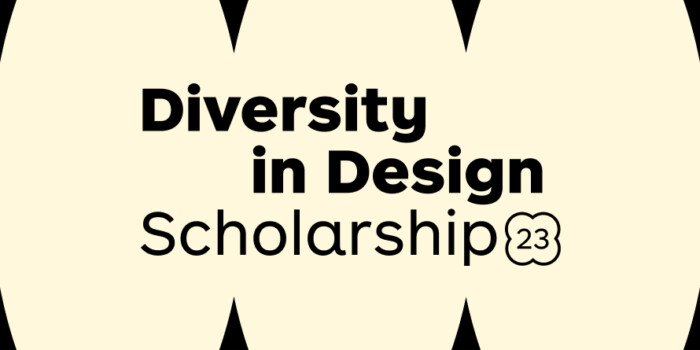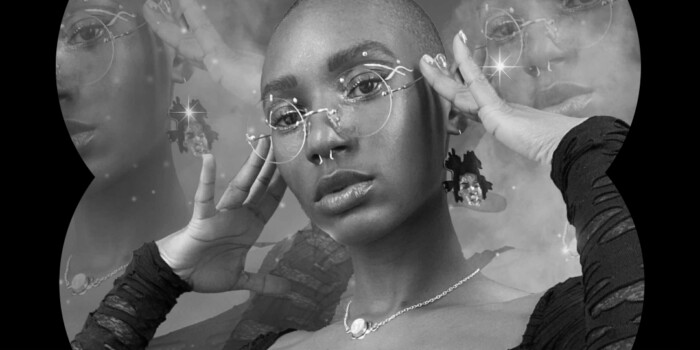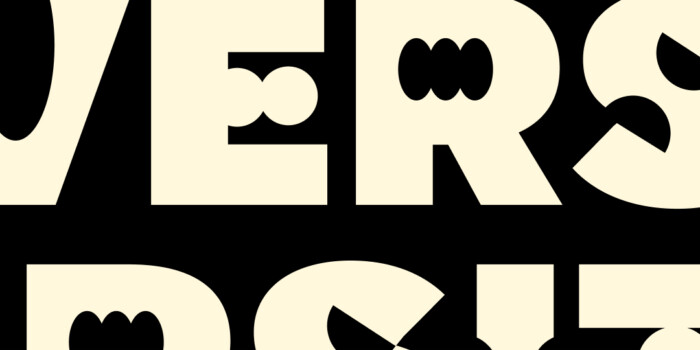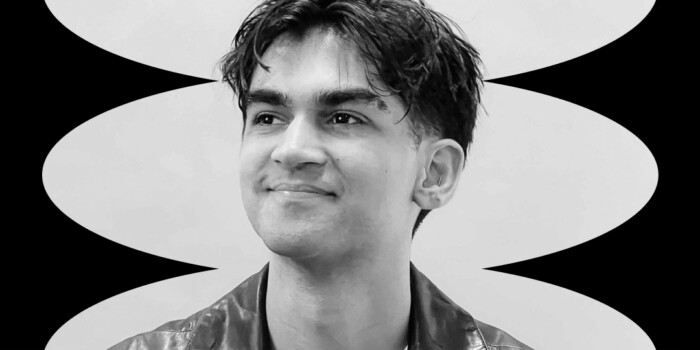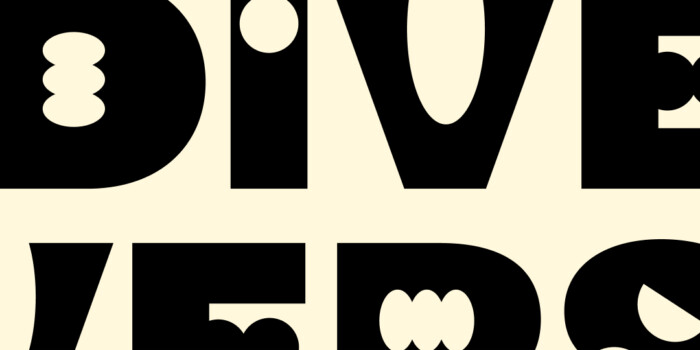Introducing the Career Guide! Plus Richie Meldrum’s Advice on Getting Your First Design Job
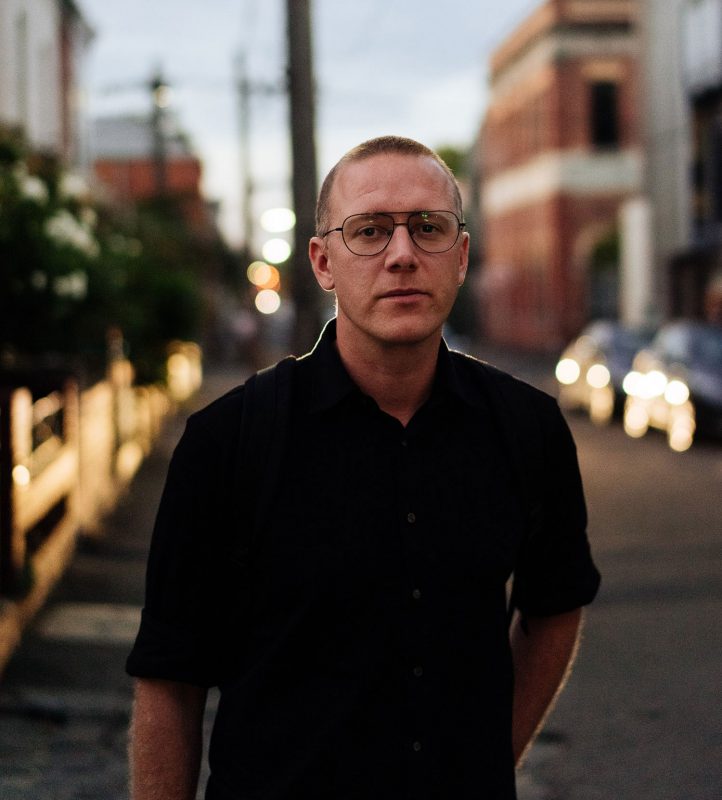
Finding the right design job to launch your career can be a daunting process. But it doesn’t need to be—and that’s where Shillington’s new Career Guide comes in! Launched in conjunction with The Guide, the Career Guide is filled with amazing resources to help you prepare for the task ahead of getting out and starting the career of your dreams—exclusive to Shillington students and Shillumni. There are video interviews and case studies from Shillington graduates, our incredible network of design teachers globally and industry greats—that’s where Richie Meldrum comes in.
Richie is a writer and strategist, creating and shaping brands in a digital sense. Originally from Scotland, he now lives in Melbourne and works as the Creative Strategy Director at behaviour and cultural change consultancy, Interchange. In essence, Richie has an abundance of industry experience under his belt and he decided to share what he has learned in a series of workshops, distilling practical and relevant industry advice for people at all stages in their career. Last year Richie visited the Shillington Melbourne campus to talk with our students on the subject of finding a job in design. His ideas and advice really made an impact, aligning with so much of the work we do at Shillington.
A collaboration was born and, with Richie on board, we created the new ‘How to Get a Design Job’ video, sharing everything we know about what it takes to break into the design industry. To celebrate this and the launch of the Career Guide, we recently caught up with Richie again to talk more about what every new designer should know when they are starting out in their career.
You have an exceptional wealth of experience as an instructor. We are curious to know what aspects of your own experience has informed how, what and why you teach?
Pretty much everything I cover in the workshop classes I run, is based on what I’ve learnt from working in the industry—either from doing it myself or picking things up by watching and learning from others. I try to make the content I teach as practical and relevant as I can, so the people that come along can apply what they learn to the work they do.
We love the way you break down the approach to hunting for a design job. In your opinion, what are the qualities employers are seeking in a designer?
I think employers are looking for all the things you’d expect them to be looking for really. Talent, ability, enthusiasm, initiative and a willingness to learn and develop. However, above all else, I think most employers are looking for someone with a good attitude who can make a positive contribution to the culture of the business—someone that is friendly, respectful and genuine, who they would enjoy working alongside.
What makes a killer portfolio?
Originality, variety, creativity and quality – plus nice big, full bleed images and no bull clips in the mock-ups!
What should new designers be focusing their energy on when seeking employment?
I think a designer’s main focus when seeking employment needs to be on their work. You need to make sure you get the work looking the best it can possibly be before you do anything else.
In your talks, you speak about presence being a key factor in making yourself seen by prospective employers. What are the key components of a designer’s presence and why is it so important?
When you apply for any kind of job, freelance gig or internship, you aren’t just being assessed on the folio and application you send in, you’re being assessed on anything else that represents you that a prospective employer can find. This includes your website, folio sites, networking platforms, social media accounts and any other presence you have online. Before they bring you in for an interview, they will likely be going to these places to suss out if you are the kind of designer (or the kind of employee!) they would want to bring into their business. So, it’s important to make sure any traceable online presence is reflecting you in a way you’re happy for potential employees to see.
What role do you think collaboration plays in developing as a designer? And what should new designers be looking for in a collaborator?
I think collaboration plays a huge part in developing as a designer, especially early on in your career. The best design work I’ve seen come together has always been because there has been more than one person working on it.
The ability to consider another point of view, listen to feedback, interpret new ideas or see things from a totally different perspective are all massively important skills for a designer to have if they want to push the boundaries of what they are capable of.
It’s also about working effectively with people that do things you can’t to create something you simply couldn’t do on your own. Whether it’s developers, technicians, videographers, marketers, producers, writers, sales people, strategists, account managers etc—without the ability to collaborate, you are drastically limiting what you can learn and achieve, not just as a designer, but as person.
What are some great ways for new designers to generate strong connections with people and communities in their industry?
Get yourself to where the action is! Go along to the events, talks, meet-ups, exhibitions, presentations, workshops, screenings etc that are going on where you are based. These places are like the jungle watering holes where different industry folk gather together.
If you’re wanting to meet people and make connections, then this is the perfect place to do it. Force yourself to say hello to at least one person at everything you go along to. It will get easier every time you do it. I’ve also made some good connections online via social media, so it’s worth following and interacting with people, studios or companies via LinkedIn, Insta, Twitter etc too.
What is essential when preparing for the next big design job interview?
Get your work looking the best it possibly can be. Research as much as you can about the place where you are interviewing and the people that work there. Prepare a few questions to ask them during the interview. Make sure your folio is fully prepped and ready to be presented. Turn up 10 mins early. Be yourself. Send a ‘thank you’ email as a follow up. Be ready to grab any opportunity that presents itself.
As an instructor, have you observed any consistently overwhelming obstacles to the process of finding a design job? What are they and what approaches do you suggest for overcoming them?
I’d say the biggest obstacle that people encounter when trying to break into the design industry is things just not happening for them as quickly as they would like. While the demand for designers and design work is growing, so too is the competition. Putting yourself out there, through your work, can be daunting and sometimes it’s hard to not take it personally when you get a professional ‘no thanks’ or, even worse, no response at all. The thing to remember is that rarely do these things happen quickly and you shouldn’t burden yourself with the expectation of going from nothing to everything in an instant.
Worthwhile careers take time to develop—more time than you think. It’s about small wins.
Building up experience, staying focused and applying what you learn to the next opportunity that comes your way. Eat, sleep, design, repeat!
And finally, can you share any other advice with our students and graduates?
I always encourage students or grads to just enjoy the journey, think of your early design career as a big creative project. Have fun, try new things and embrace it as a time in your life that you will end up looking back on as being one of your best.
Huge thanks to Richie for his work on the ‘How to Get a Design Job’ video and for sharing even more with us in this interview. Make sure you keep up to speed with Richie through his website and follow him on Instagram and Twitter. You can also learn more about Interchange by heading to their website and following them on Instagram and Twitter.
Want to get access to the Career Guide? When you sign up for the Guide, Shillington’s exclusive new online platform, you will have access to thousands of pages of handouts in one convenient place. Head to the Guide now to sign up and learn more! The Guide is exclusive to students and graduates.
We’ve hosted some of the world’s top creatives, design studios and advertising agencies at Shillington. Check out more interviews from guest lecturers.
Want to win some amazing prizes and stay in the loop with all things Shillington? Sign up to our newsletter to automatically go in the draw.
